When we want to formalize and concretize our ideas, we often call on Design Thinking. This creative, innovative and human-centered approach to design was developed in the 80s at Stanford.
Different stages make up this innovation process.
Although the initial approach consists of 7 steps, Tim Brown, CEO of Ideo, has grouped them into 3 stages: inspiration, ideation and implementation.
Whatever the number of steps, we find theempathy, co-creation, prototyping, iteration and room for error.
The main objective is to solve a specific problem of an innovation project, often to improve a service or to co-design a new product.
This approach is now democratized and is adored by start-ups.
On the other hand, is this process of innovation still as innovative?
Wouldn't there be another lever to break the codes in the creative co-design of innovation?
There is indeed an old design approach called “Speculative design“ also known as “critical design” or “fictional design”, created in the 90s by the designer Anglo-Saxon Anthony Dunne.
Combined with the UX design approach, this is now experiencing strong enthusiasm in various sectors: mobile telephony (Apple), innovation in the banking sector (Visa), agronomy (CrispR-Food), automotive (Ford), food (Pepsi), IOT (Google) and the Gaming sector.
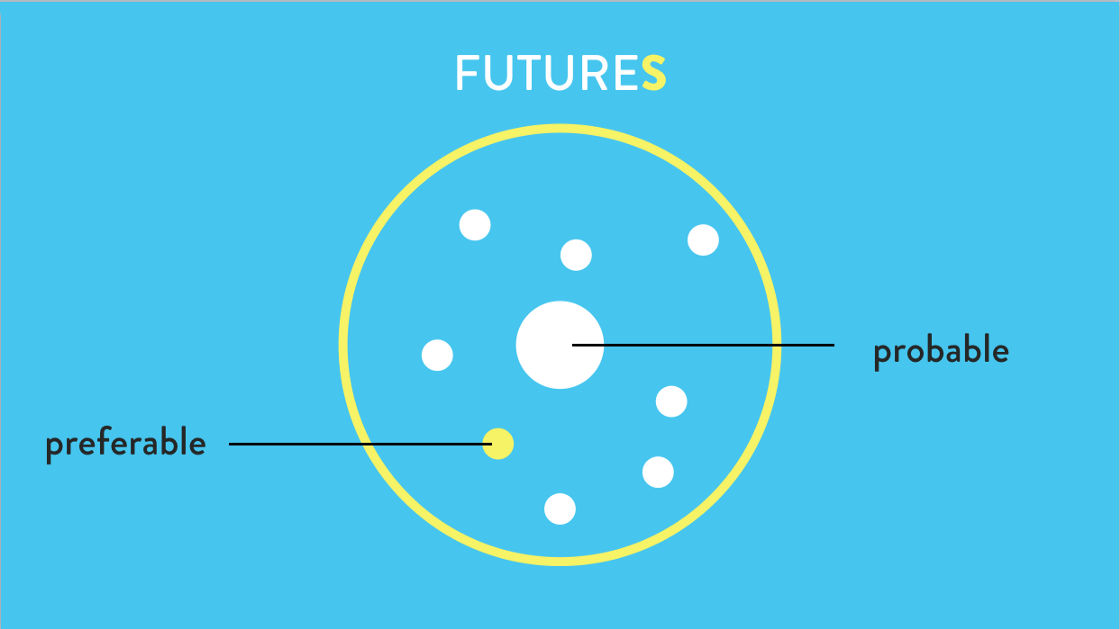
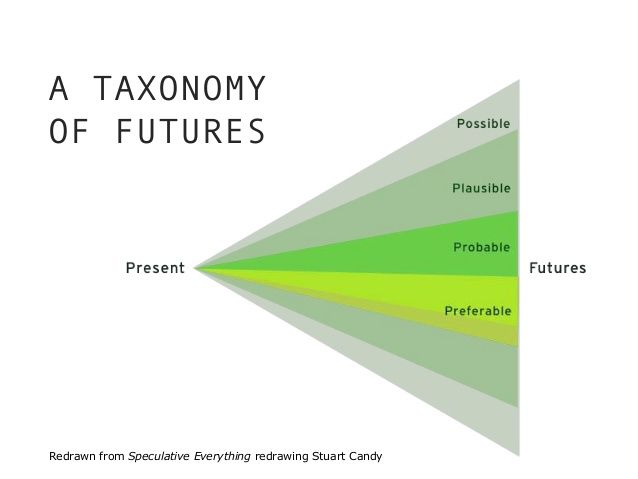
The fictional design makes it possible not to rule out any plausible futuristic scenario, which makes it possible to broaden the product vision.
#What is this approach?
Speculative Design focuses our issues on various futuristic scenarios, which are transposed to a reality belonging to the present. The objective is to further integrate the part of imagination in this first phase of brainstorming, to avoid setting aside every possible consequence of a futuristic scenario, in order to ultimately materialize a more convincing, more original and less limiting.
#How to put this approach into practice?
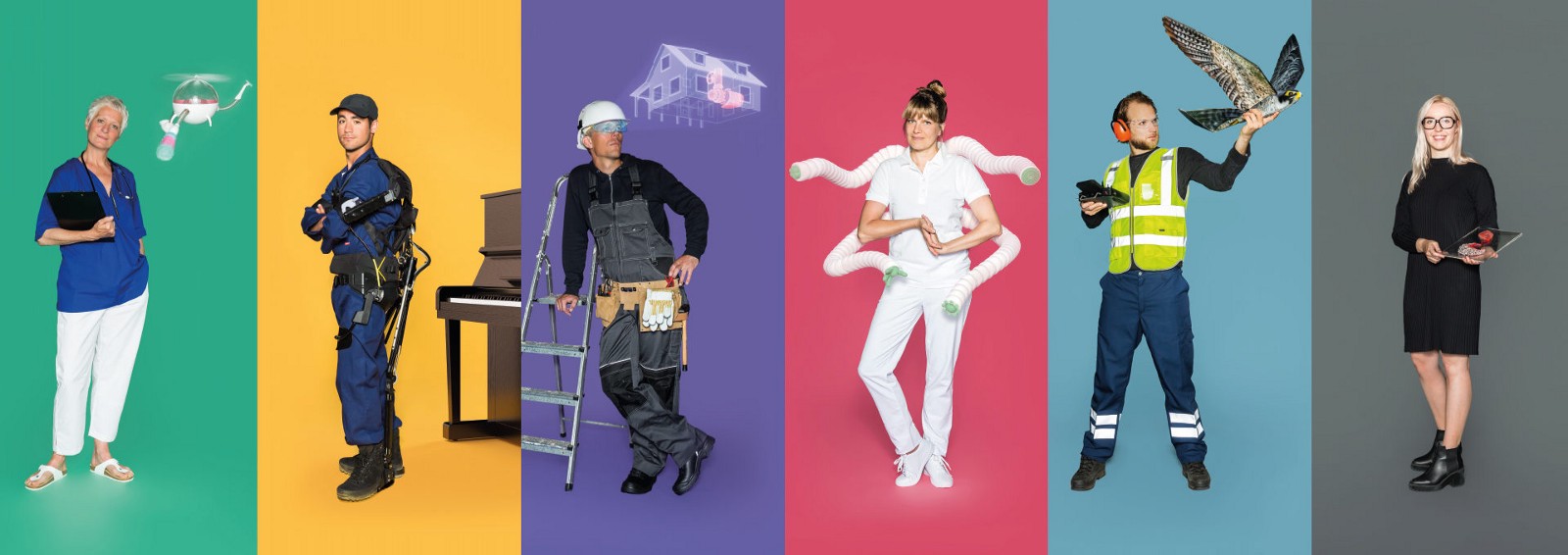
Speculative Design Artifacts of Future Professions by Hubot (Next Nature) at from 2017.
By having users interact with a prototype combining the various futuristic scenarios identified, we can therefore test the appetite for the different alternatives of a new product or a new service.
Like the science fiction series BlackMirror, we allow the user to choose their preferred scenario and prototype, called “speculative artifacts".
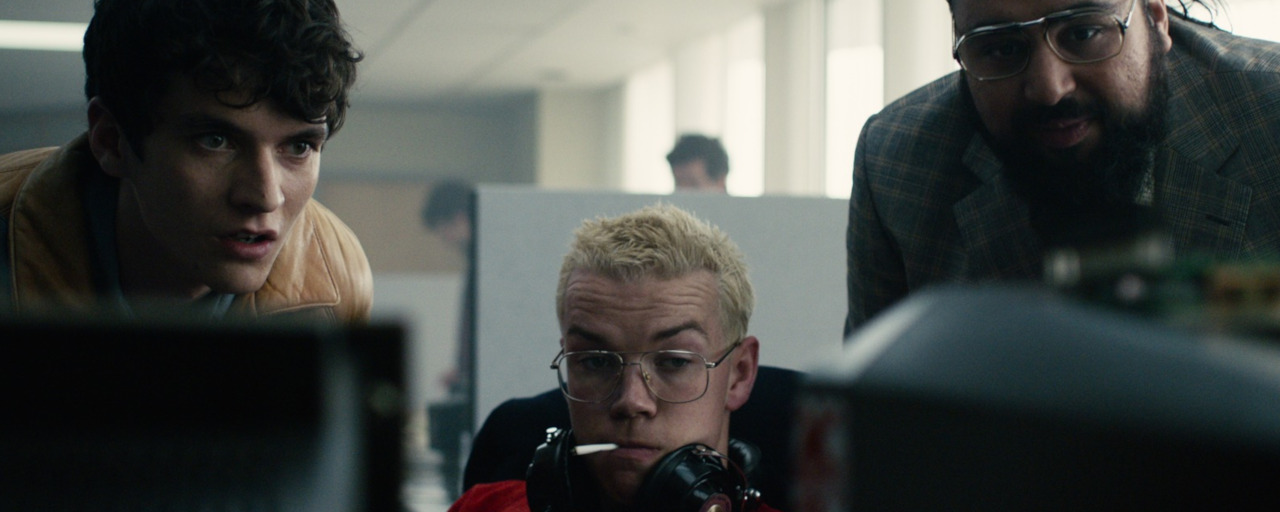
The advantage of this approach is to broaden the vision of the product to users and through these artifacts, to create futuristic products realistic and reassuring for users.
During this exercise, the user will rule out the consequences that he does not wish to find in the future.
The right to make mistakes will apply during the prototyping phase and design iterations of the product.
#On what issues can we involve speculative design?
- How to design a more ethical ecosystem
- What can we do to influence future cultures?
- Will certain new technologies be popular with users?
- What impact will it have on the whole world?
#Which product or service used speculative design?
Apple's first smartphone, digital printers, artificial intelligence, videoconferencing services are examples of products that used speculative design.
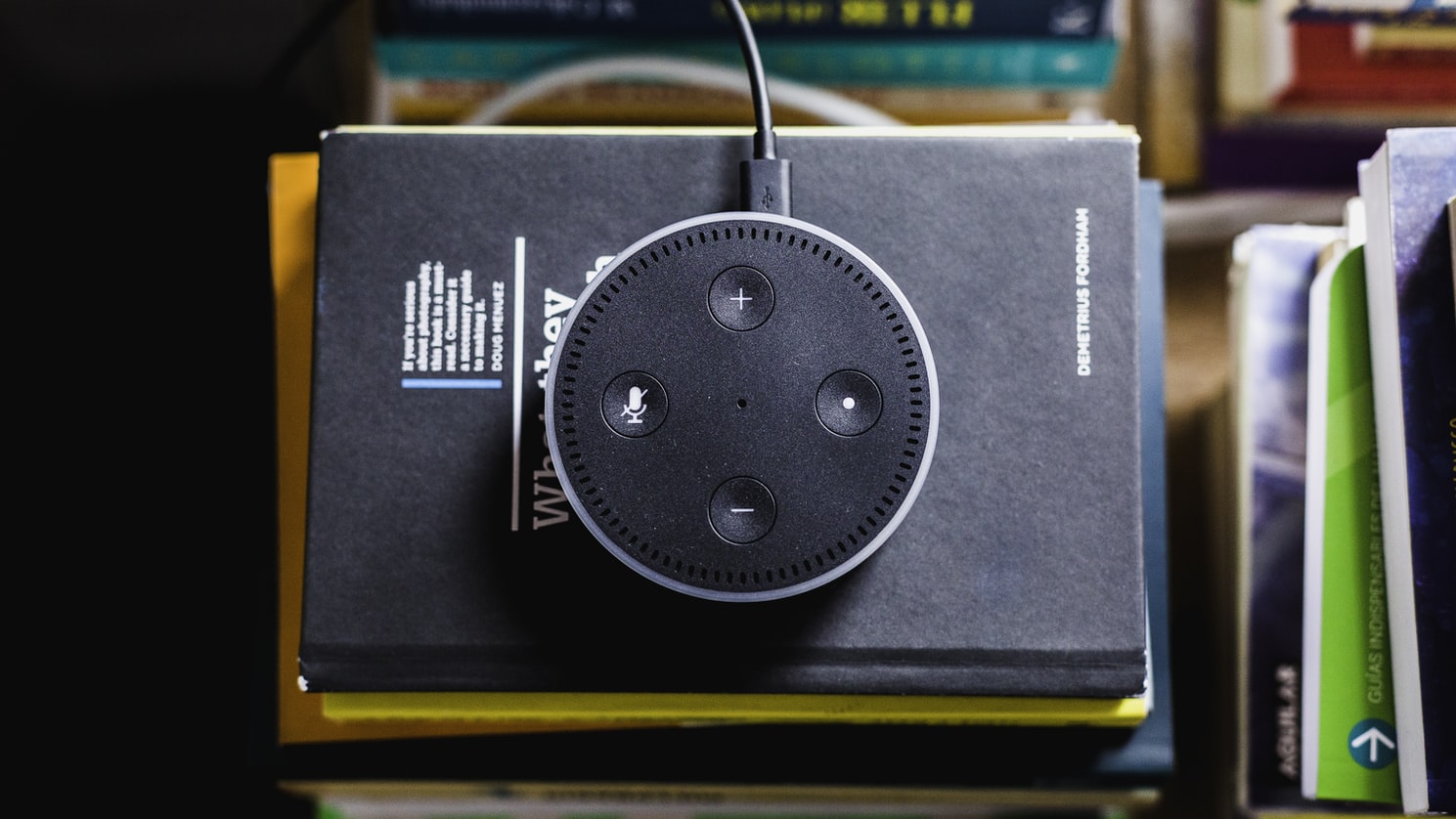
#How to put a speculative design workshop into practice?
In a future article, we will analyze a fictitious use case of Speculative Design, in the form of a co-design workshop.
“Man is constituted as a speculative being; He contemplates the world and the objects around him, not with a passive gaze, but as a system arranged with order and design.”
john herschel
- A Preliminary Discourse on the Study of Natural Philosophy (1831)
Caroline Dumont, Lead UX & product designer @UX-Republic
UX/UI ECO-DESIGN # Paris
SMILE Paris
163 quay of Doctor Dervaux 92600 Asnières-sur-Seine
DESIGN THINKING: CREATING INNOVATION # Belgium
UX-REPUBLIC Belgium
12 avenue de Broqueville - 1150 Woluwe-Saint-Pierre
MANAGING AND MEASURING UX # Paris
SMILE Paris
163 quay of Doctor Dervaux 92600 Asnières-sur-Seine
DESIGN SPRINT: INITIATION & FACILITATION # Paris
SMILE Paris
163 quay of Doctor Dervaux 92600 Asnières-sur-Seine
UX-DESIGN: THE FUNDAMENTALS # Belgium
UX-REPUBLIC Belgium
12 avenue de Broqueville - 1150 Woluwe-Saint-Pierre
GOOGLE ANALYTICS 4 #Paris
SMILE Paris
163 quay of Doctor Dervaux 92600 Asnières-sur-Seine
ACCESSIBLE UX/UI DESIGN # Belgium
UX-REPUBLIC Belgium
12 avenue de Broqueville - 1150 Woluwe-Saint-Pierre
EXPERIENCE MAPPING # Paris
SMILE Paris
163 quay of Doctor Dervaux 92600 Asnières-sur-Seine













